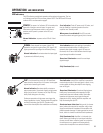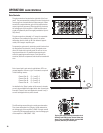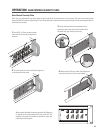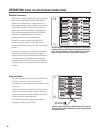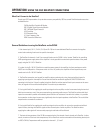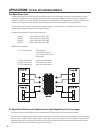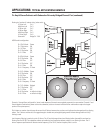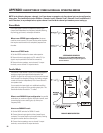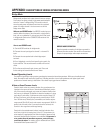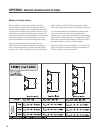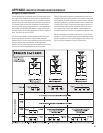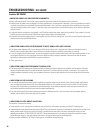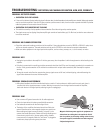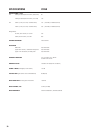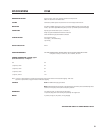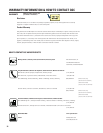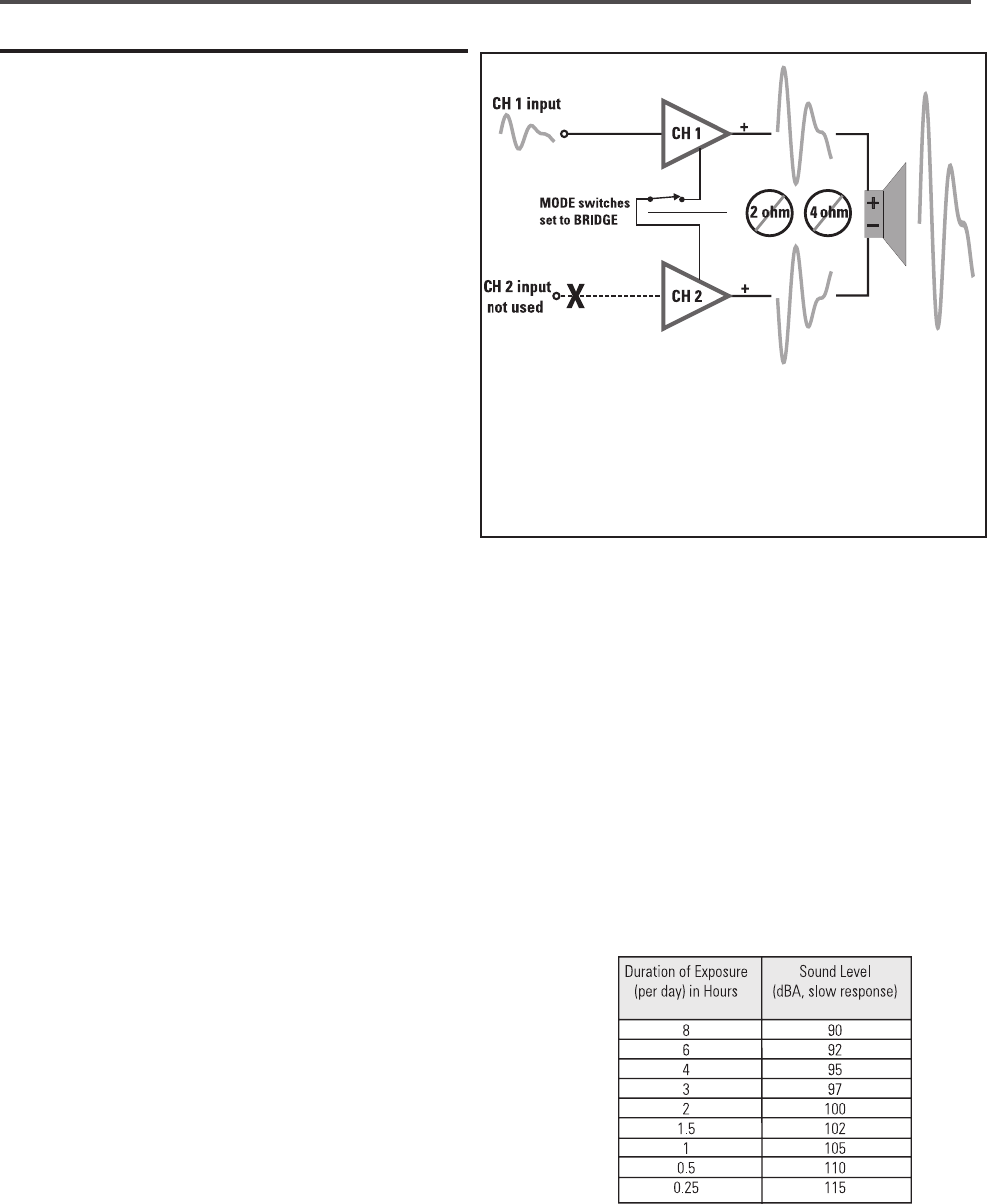
25
APPENDIX: DESCRIPTION OF BRIDGE OPERATING MODE
BRIDGE MODE OPERATION-
Note that speaker connection for bridge mono mode is
different than other modes. See section on Connections:
Outputs for proper bridge mode output connections.
Bridge mode combines both output channels into one output.
This mode is for driving a single, high-power-rated load with
twice the “normal” voltage swing. This results in about 4
times the peak power and about three times the sustained
power of a single channel. It is also common to call this
bridge
mono
mode.
When to use BRIDGE mode:
Use BRIDGE mode when you
need to deliver the power of two channels to a single 8 ohm
load, such as a subwoofer. Do not use less than 8 ohm loads
in bridge mode. Refer to the CONNECTIONS section of this
manual for details.
How to use BRIDGE mode:
1- Set the MODE switches for bridge mode.
2- Connect the one input signal to channel 1 or channel 2’s
input.
3- Connect the one speaker load to the bridge output
terminals
4- For a bridged pair, use the first channel’s gain control, clip
limiter and filter. The second channel’s controls will have no
effect.
5- Turn the second channel’s gain to zero gain. Filters and
limiter settings of second channel do not matter.
Normal Operating Levels
A Note on Sound Pressure Levels
Bridge Mode
The amplifier’s protective muting system guards against excessive internal temperatures. With normal ventilation and
loads, the amplifier will handle any signal level, including overdrive. Lower load impedances and higher signal levels
produce more internal heating. Loads below 4 ohm loads may trigger thermal shutdown.
Sound is heard as the ear converts vibration from sound waves into
impulses in the nerves of the ear. Sounds above 90 decibels, particu-
larly if the sound is prolonged, may cause such intense vibration that
the inner ear is damaged. 90 decibels is about the loudness of a large
truck about 5 yards away. A jackhammer emits sounds of about 120
dB from 3 feet away, and a jet engine emits sound of about 130 dB
from 100 feet away. Motorcycles, snowmobiles, and similar engines
range around 85 to 90 dB, and a rock concert may approach 100 dB. A
general rule of thumb is that if you need to shout to be heard, the
sound is in the range that can damage hearing.
Some jobs in the entertainment industry involving loud noise from
music carry high risk for hearing loss. In the U.S., the maximum job
noise exposure is regulated by law. Both the length of exposure and
the extent (decibel level) of exposure are considered.
If exposure is
at or greater than the maximum exposure, protective mea-
sures must be taken.
The table at right is referenced from OSHA’s
Permissible Noise Exposure table G16.



